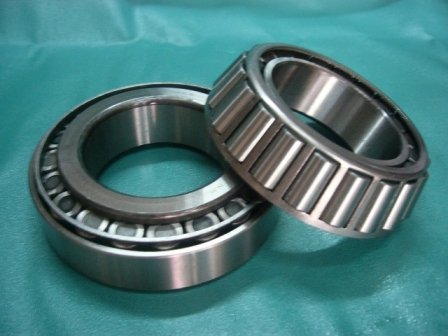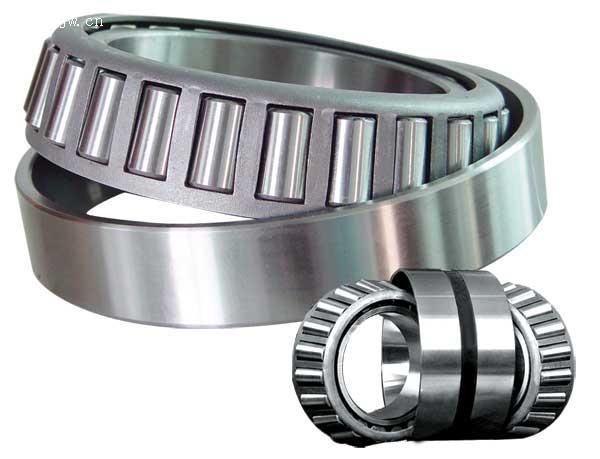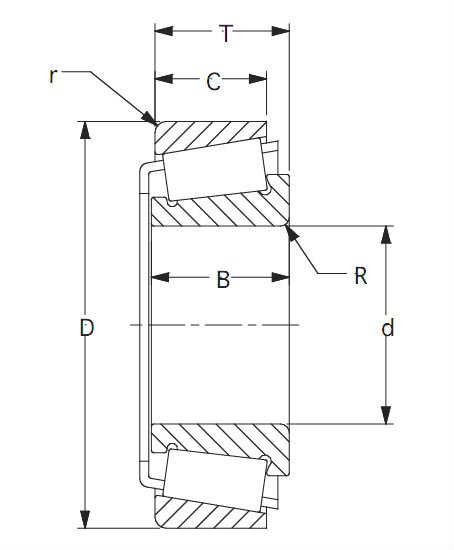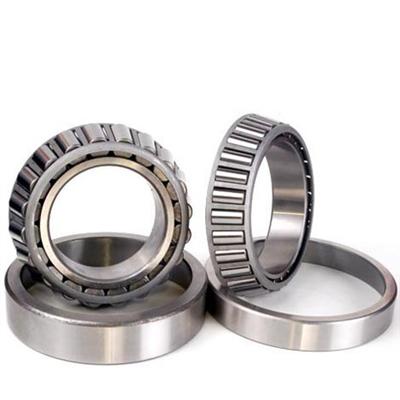30203 taper roller bearing for motor
- Application: Universal
- OEM No/Model: 30203
- Market Type:After Market
- FOB Price: Inquiry For It?
- Payment Terms: , L/C, T/T
- Minimum Order: 1 Piece/Pieces
Quick Details
- Place of Origin:
Jiangsu, China (Mainland)
- Delivery Time:
0
- Packing:
carton or can be package by your requirement
- Delivery Port:
qingdao or shanghai
- OE Experience:
No
Product Name:30203 taper roller bearing for motor
30203 taper roller bearing for motor
Application
Universal
Product Description:
OEM No/Model: 30203
30203 taper roller bearing for motor
1.competitive price
2.rich stock ,high delivery speed
3.first class customer service
30203 taper roller bearing for motor
Tapered roller bearings are bearings that can take large axial forces (i.e., they are good thrust bearings) as well as being able to sustain large radial forces.
Description:The inner and outer ring raceways are segments of cones and the rollers are also made with a taper so that the conical surfaces of the raceways and the roller axes if projected, would all meet at a common point on the main axis of the bearing.
This conical geometry is used as it gives a larger contact patch, which permits greater loads to be carried than with spherical (ball) bearings, while the geometry means that the tangential speeds of the surfaces of each of the rollers are the same as their raceways along the whole length of the contact patch and no differential scrubbing occurs. When a roller slides rather than rolls, it can generate wear at the roller-to-race interface, i.e. the differences in surface speeds creates a scrubbing action. Wear will degenerate the close tolerances normally held in the bearing and can lead to other problems. Much closer to pure rolling can be achieved in a tapered roller bearing and this avoids rapid wear.
The rollers are guided by a flange on the inner ring. This stops the rollers from sliding out at high speed due to their momentum.
The larger the half angles of these cones the larger the axial force that the bearing can sustain.
Tapered roller bearings are separable and have the following components: outer ring, inner ring, and roller assembly (containing the rollers and a cage). The non-separable inner ring and roller assembly is called the cone, and the outer ring is called the cup. Internal clearance is established during mounting by the axial position of the cone relative to the cup
HistoryIn 1898, Henry Timken was awarded a patent[1] for the tapered roller bearing. At the time, Timken was a carriage-maker in St. Louis and held three patents for carriage springs. However, it was his patent for tapered roller bearings that allowed his company to become successful.
Tapered roller bearings were a breakthrough at the end of the 19th century because bearings used in wheel axles had not changed much since ancient times. They relied on bearings enclosed in a case that held lubricants. These were called journal bearings and depended on lubricants to function. Without proper lubrication, these bearings would fail due to excessive heat caused by friction. Timken was able to significantly reduce the friction on his bearings by using a cup and cone design incorporating tapered bearings which actually rolled, which reduced the load placed on the bearings by distributing the weight and load evenly across the cups, cones, and bearings.
ApplicationsIn many applications tapered roller bearings are used in back-to-back pairs so that axial forces can be supported equally in either direction.Pairs of tapered roller bearings are used in car and vehicle wheel bearings where they must cope simultaneously with large vertical (radial) and horizontal (axial) forces.




Update Date:2011-06-16 06:56:42
Supplier Details
You May Like:
-
TMB thrust roller Bearings 29415
Application: Universal
OEM No: 29415
-
ZWZ Thrust Ball Bearing 52336
Application: Universal
OEM No: 52336
-
SKF Deep Groove Ball Bearing 625 with single row
Application: Universal
OEM No: 625
-
Jeep Wheel Bearing & Hub Assembly #513084
Application: Jeep
OEM No: 513084 ...
-
Bearing 90.578.343 90250658
Application: KLA
OEM No: 90.578. ...
-
INFINITI 930700 Wheel Hub Bearing
Application: Infiniti, Nissan
OEM No: 40202-2 ...
-
Clutch Release Bearing 81305500255 81305500249 For ...
Application: MAN
OEM No: 8130550 ...
-
100% Genuine JMC Carrying Parts 1701450A Gearbox B ...
Application: JMC Carrying
OEM No: 1701450 ...
-
High-quality Tapered Roller Bearings
Application: Auto
Related Product Tags:
air bearing , auto air conditioner bearing , air conditioner bearing , air conditioner bearings , alternator bearing , alternator bearing ford , alternator bearings , axle bearing , rear axle bearing , ball bearing ring , ball bearing units , ball bearings , automobile ball bearings , ceramic ball bearing , Screw Ball Bearing , contact ball bearing , loose ball bearing , loose ball bearingsPlease send us Your Search Requirement, or you can Post a Buying Lead,
suppliers may contact you actively.









